site search
online catalog
FROCK COAT, SASH, AND SWORD BELT OF CAPT. JOHN LONERGAN, 13th VERMONT: MEDAL OF HONOR FOR “DISTINGUISHED GALLANTRY IN ACTION AT GETTYSBURG, PA., JULY 2, 1863.”
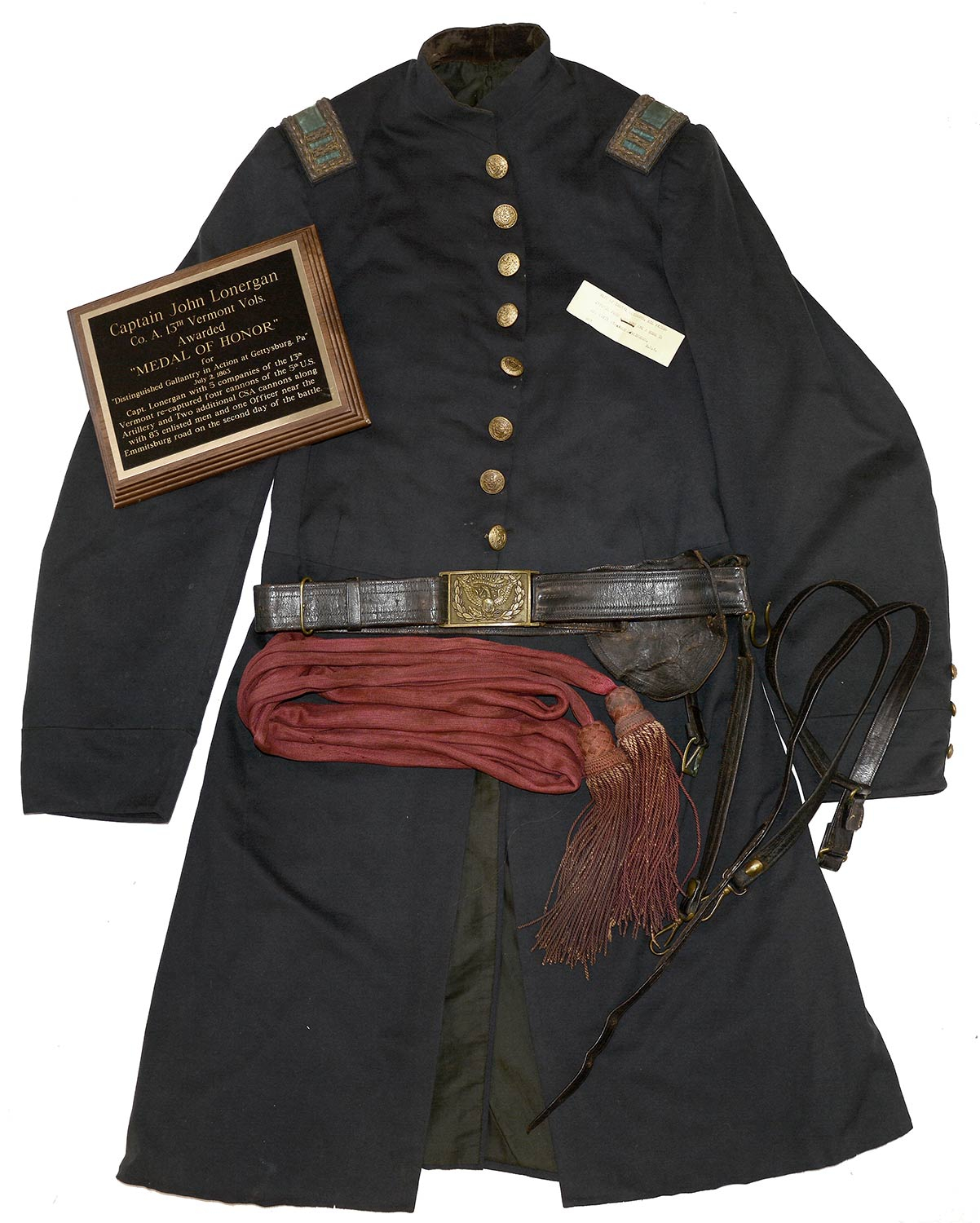
Hover to zoom

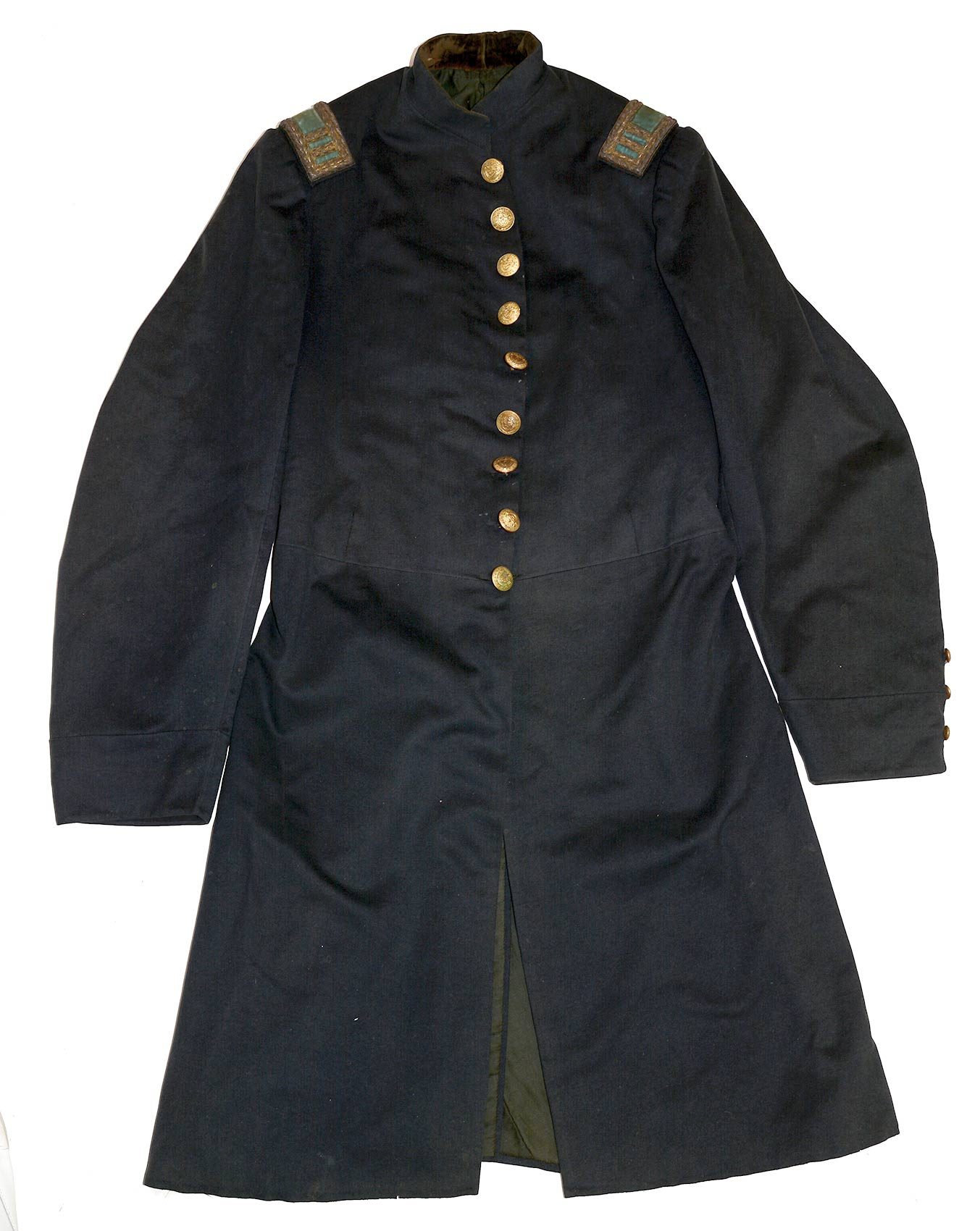
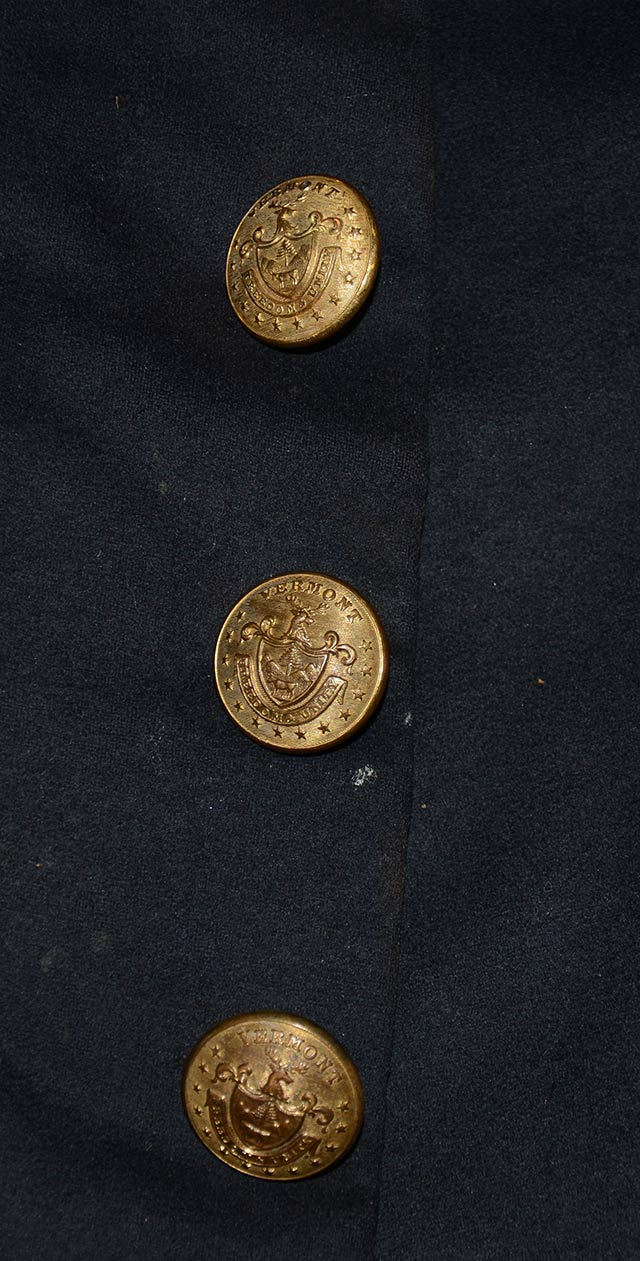
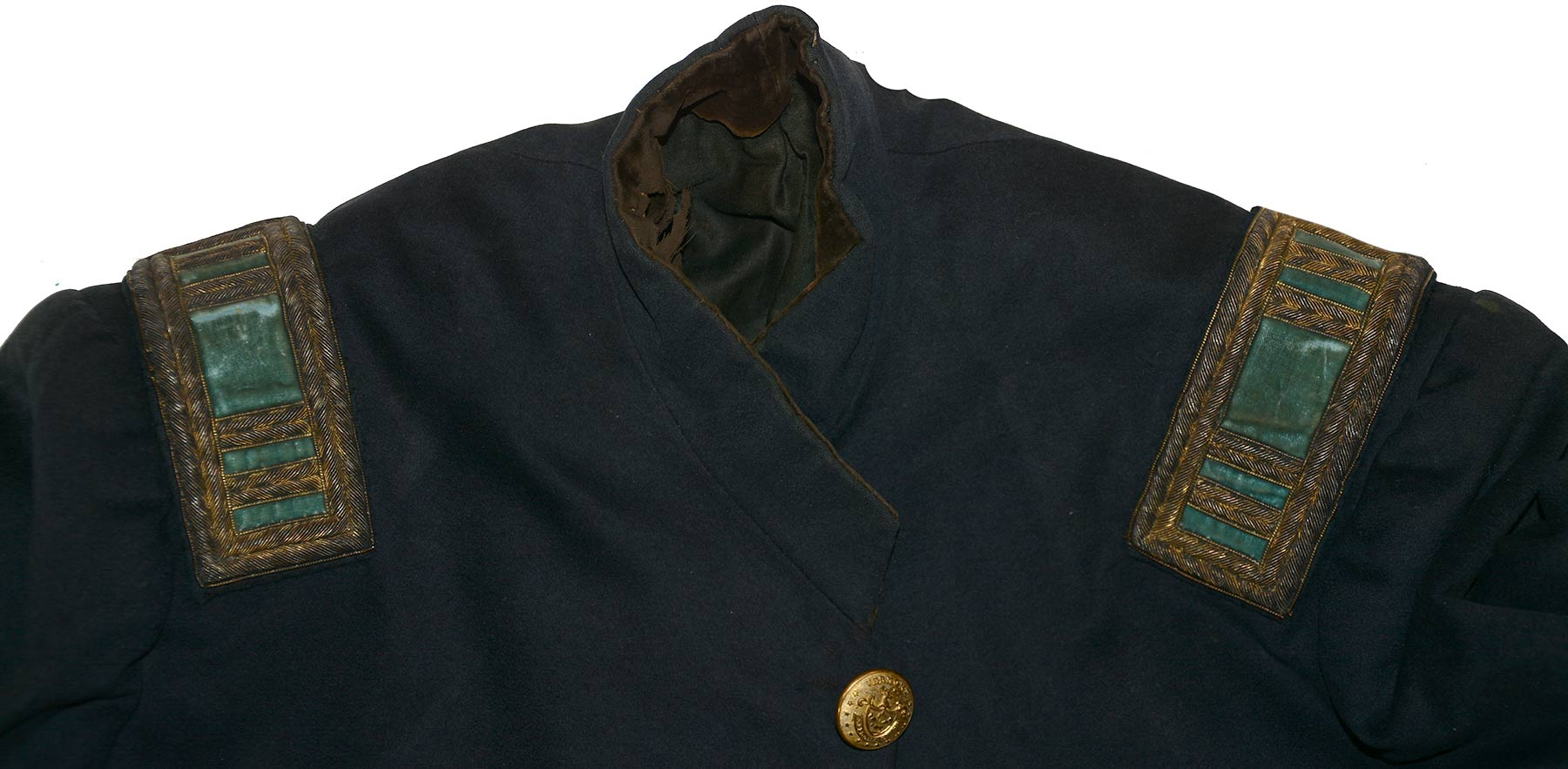
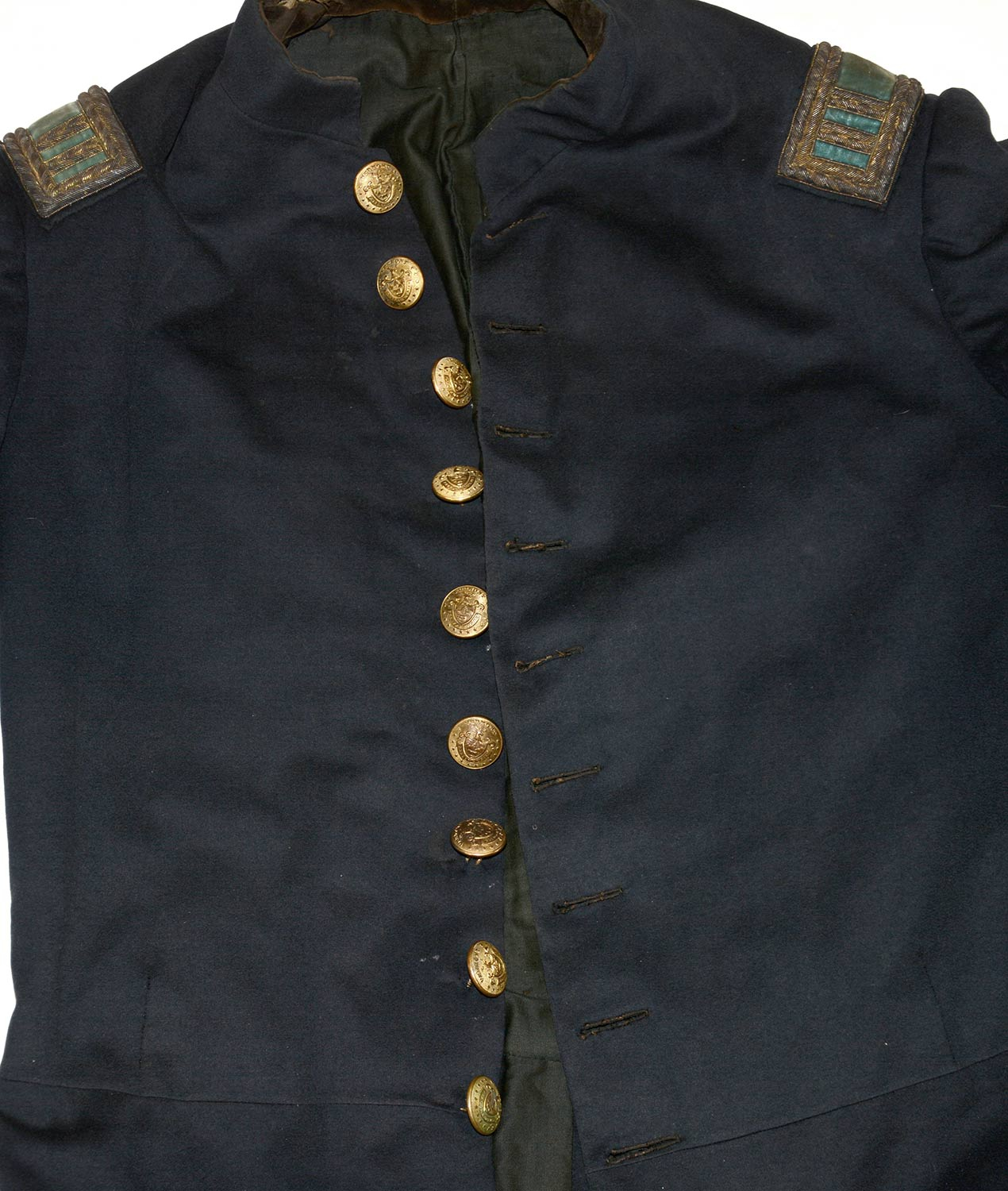
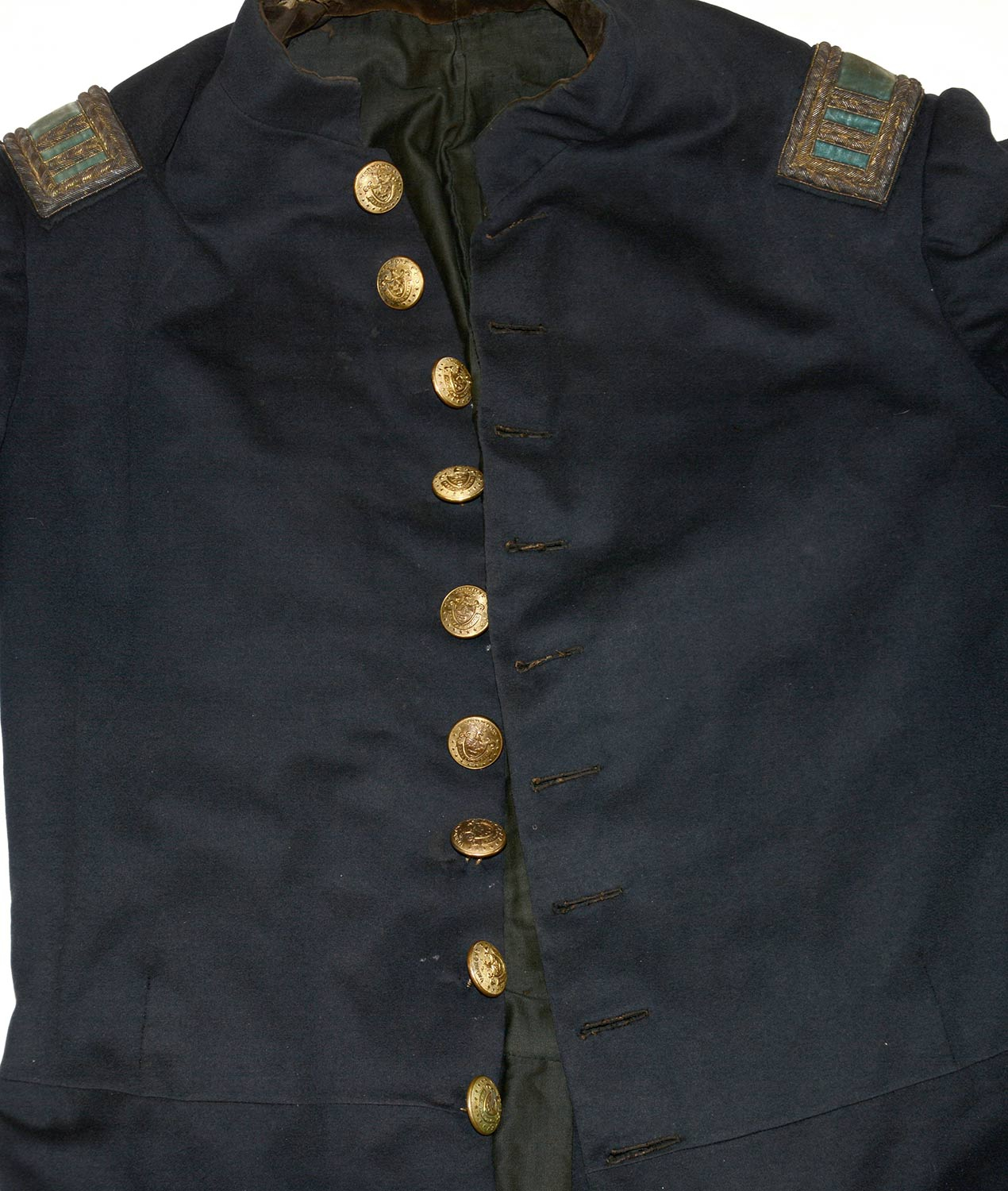
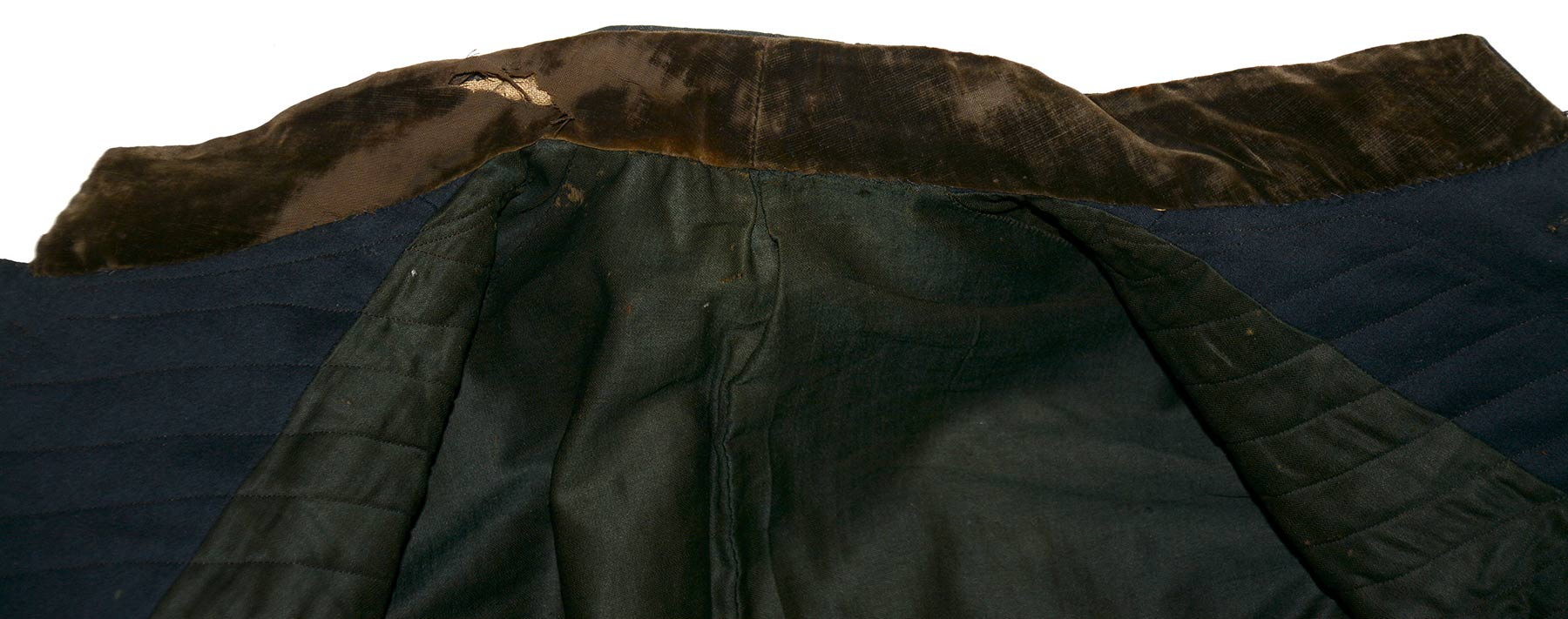
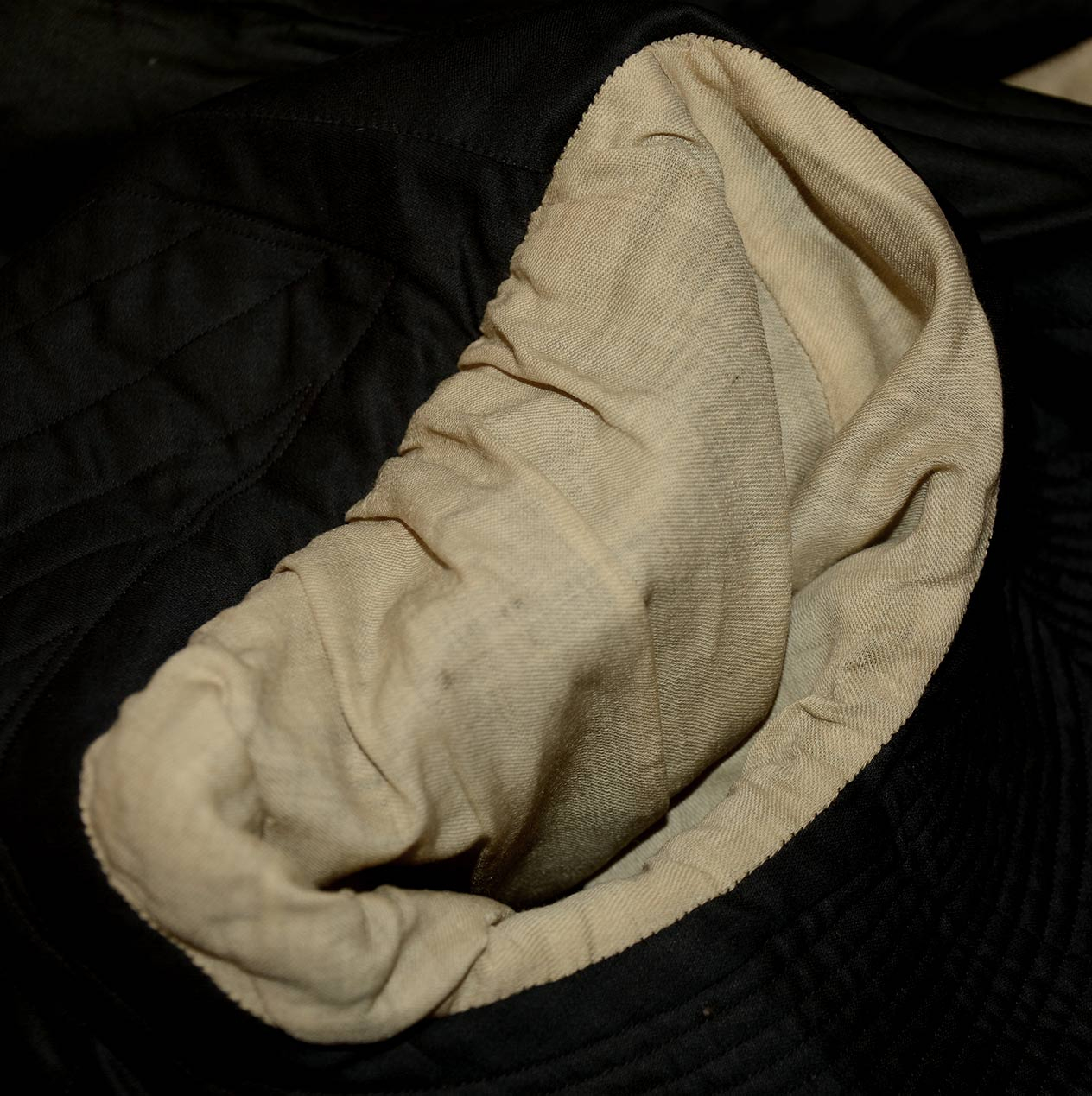
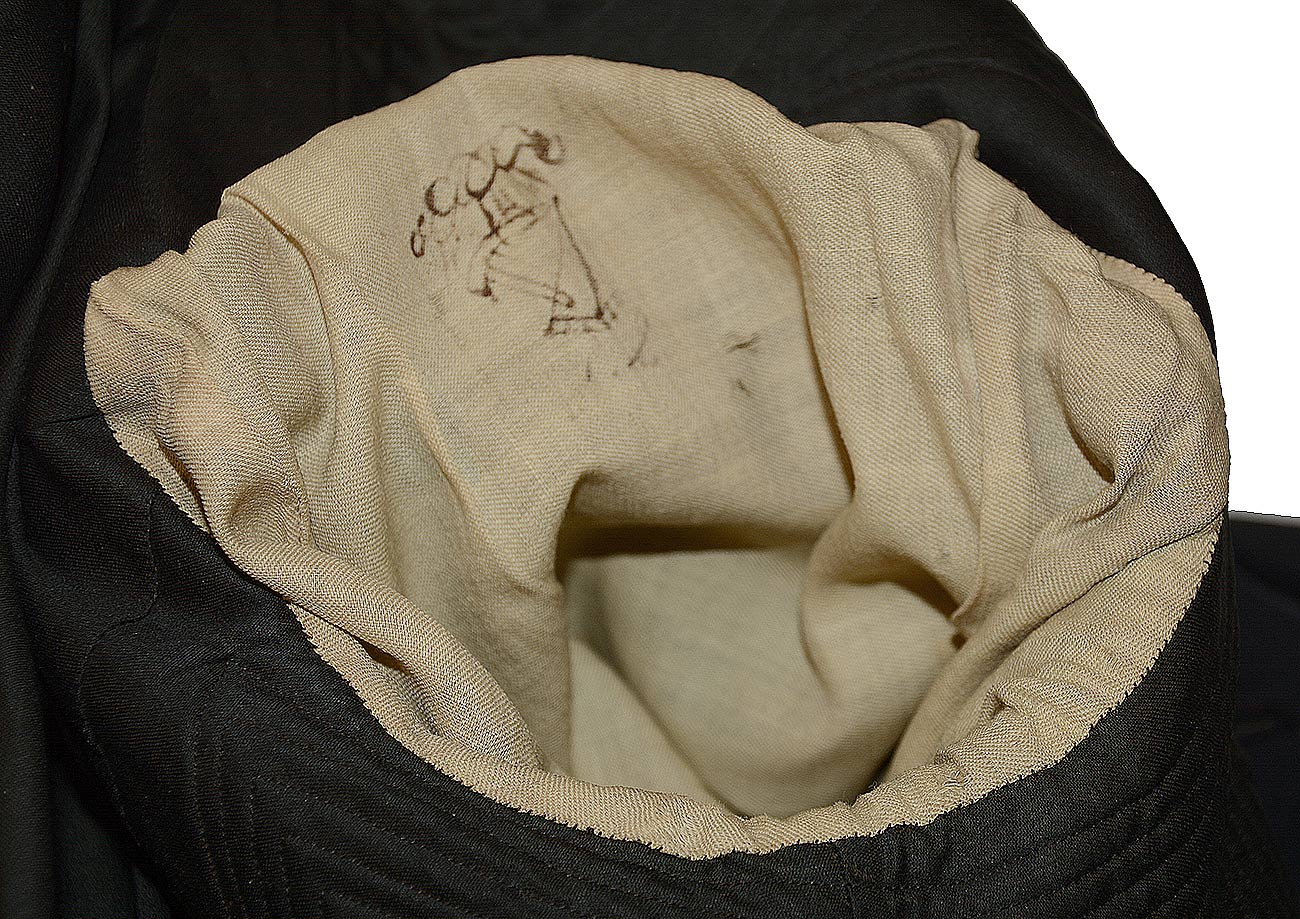
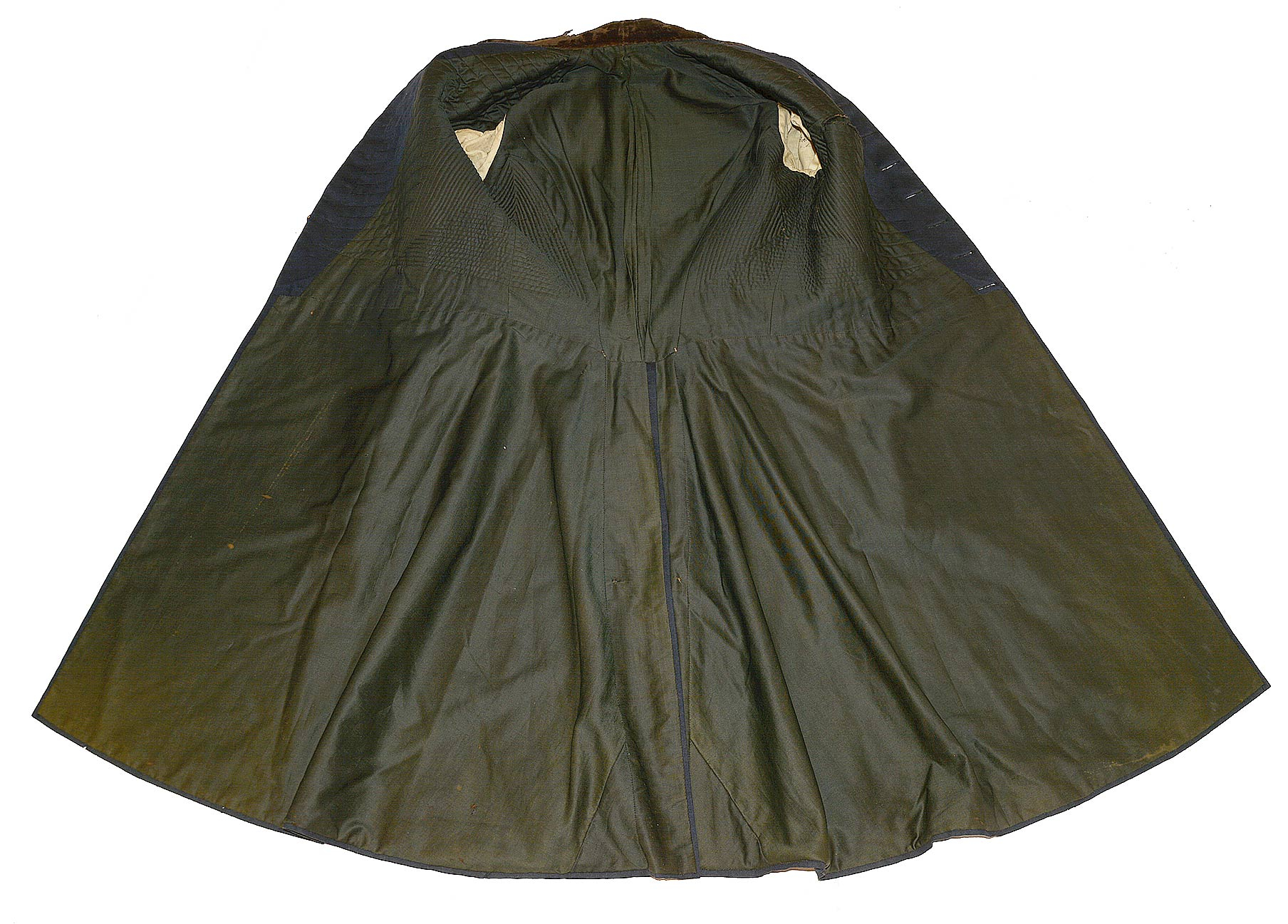
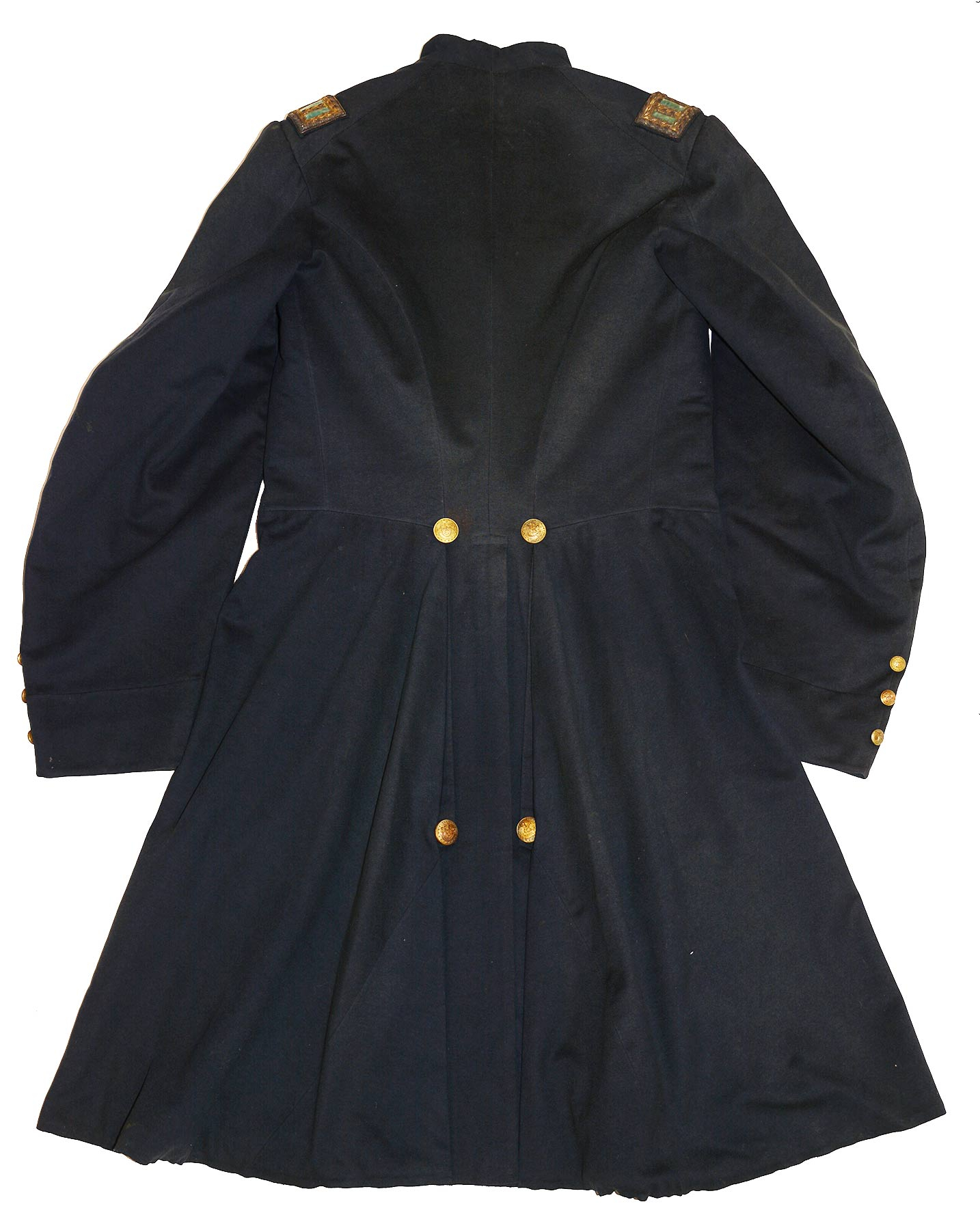
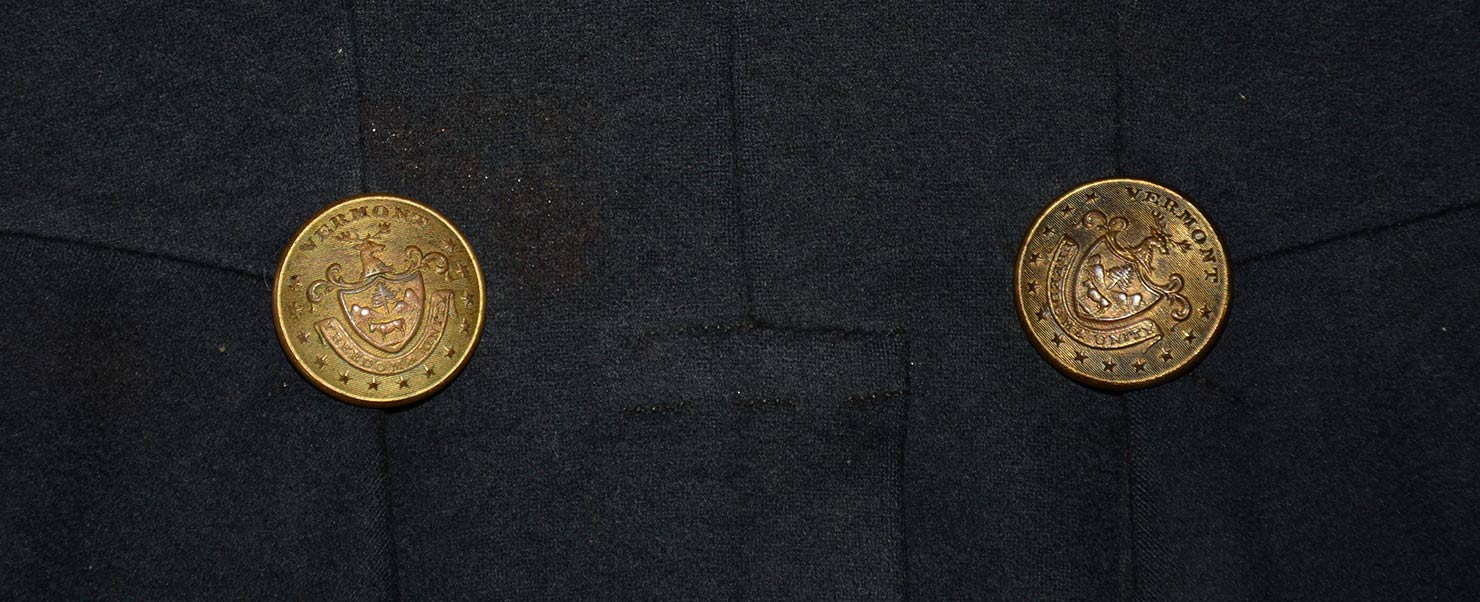
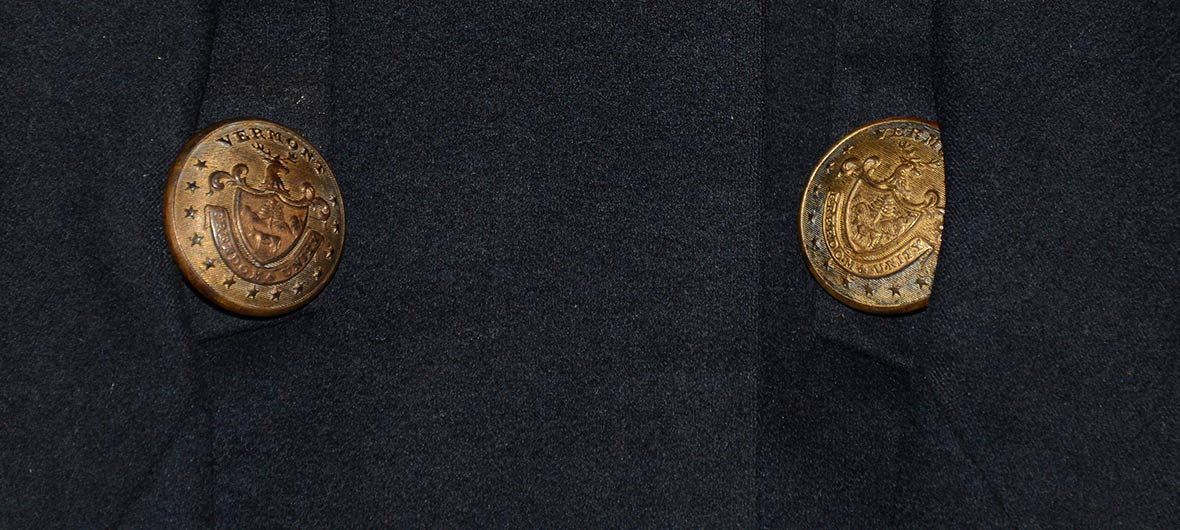
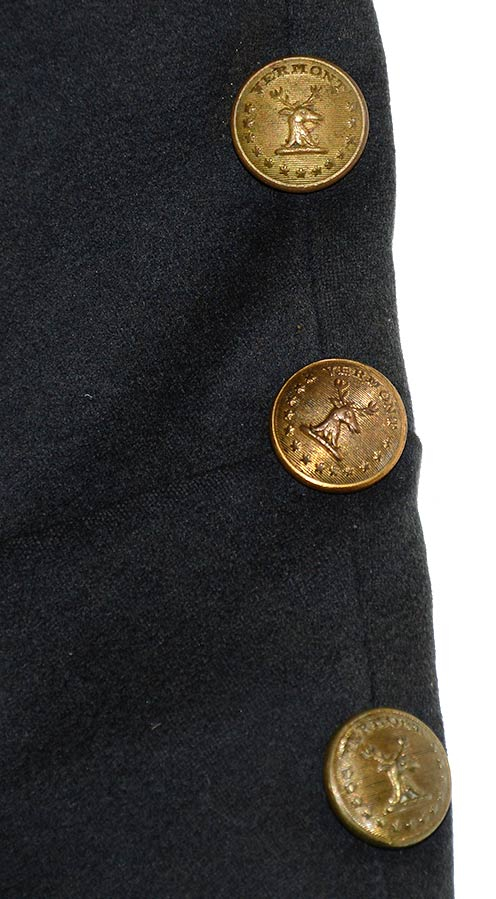
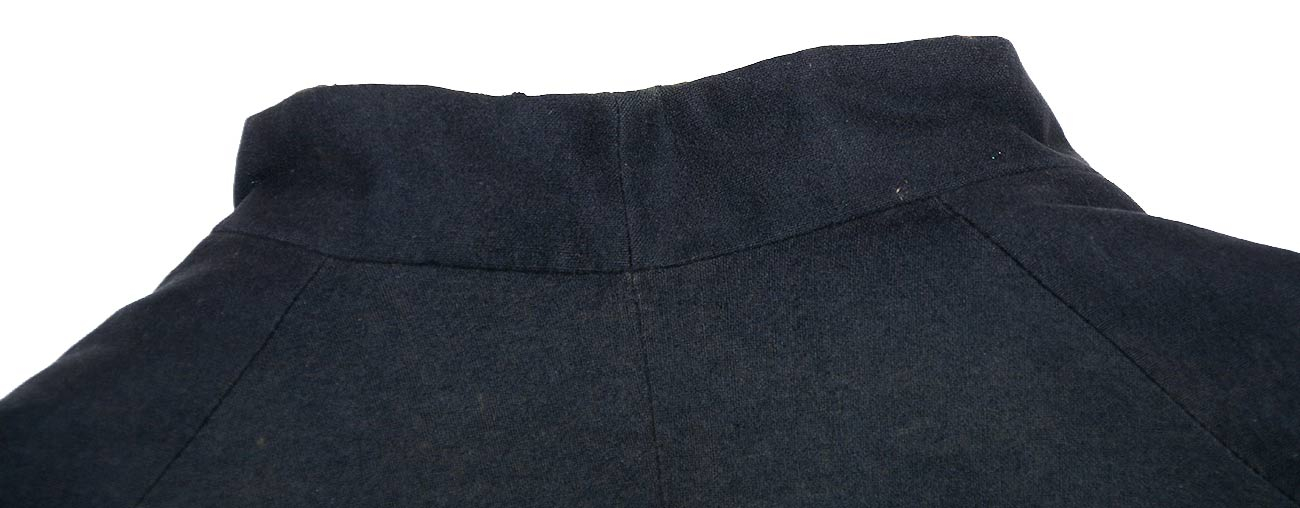
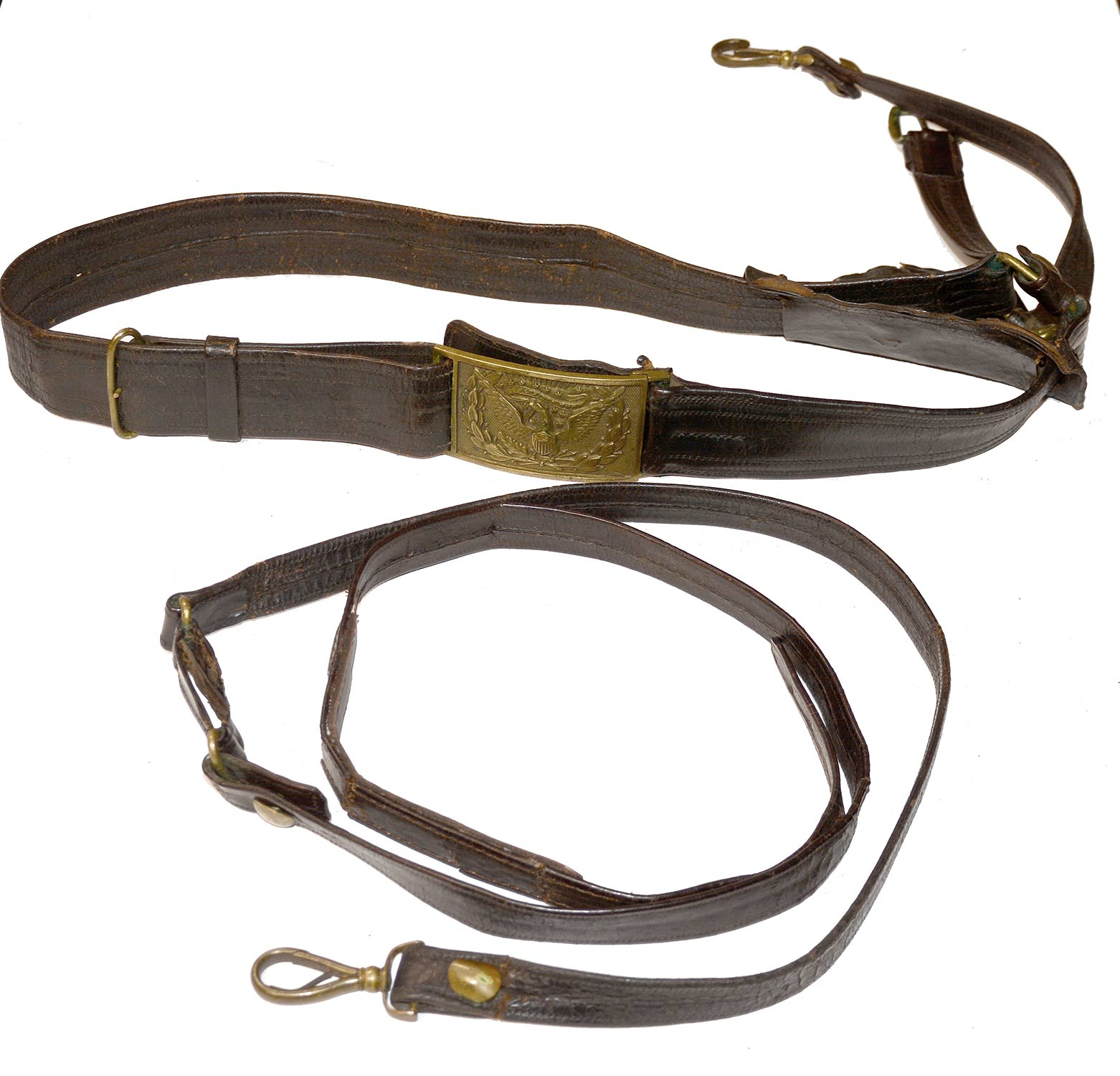
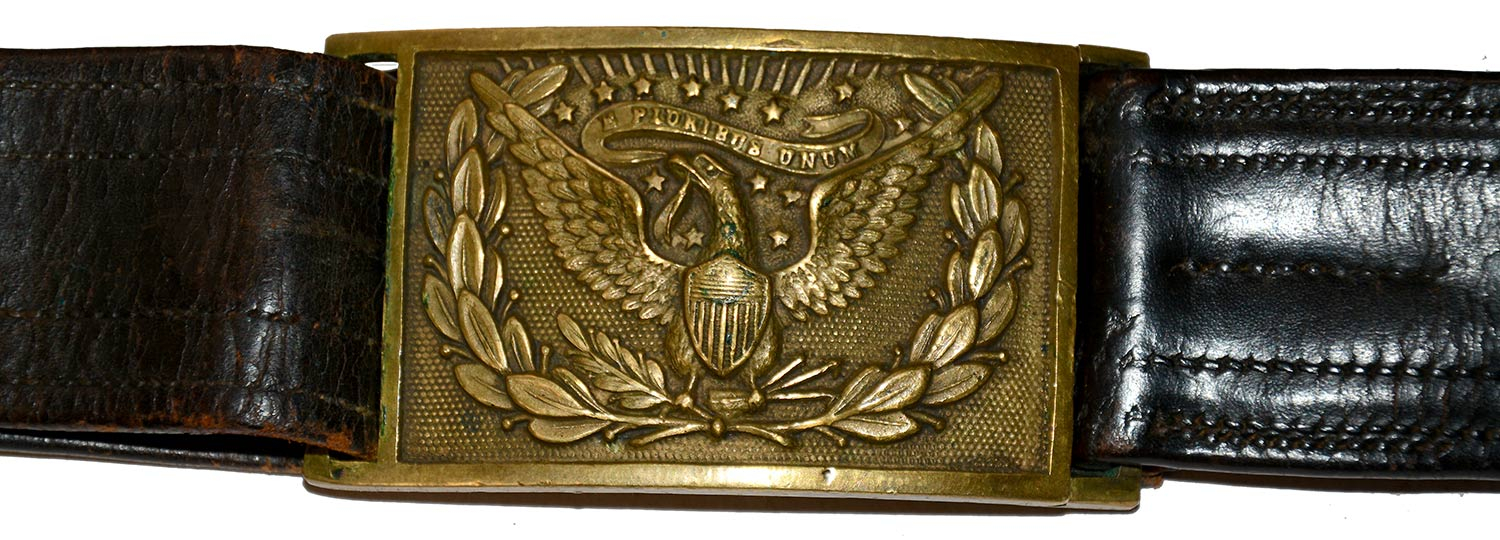
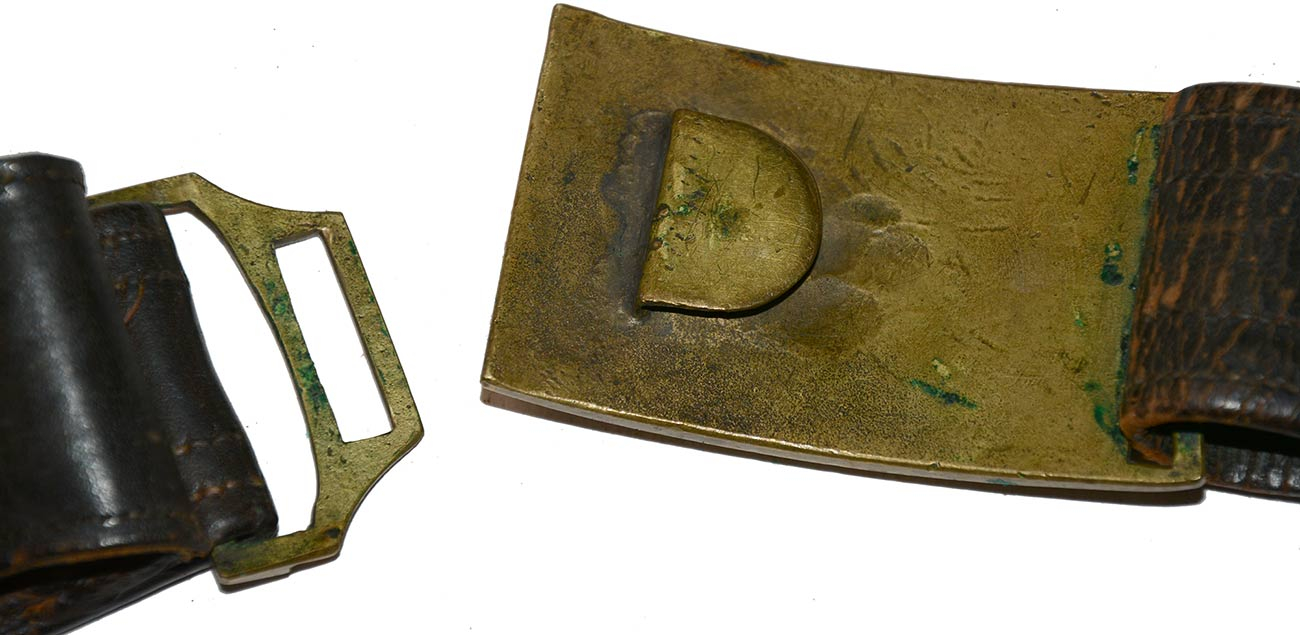
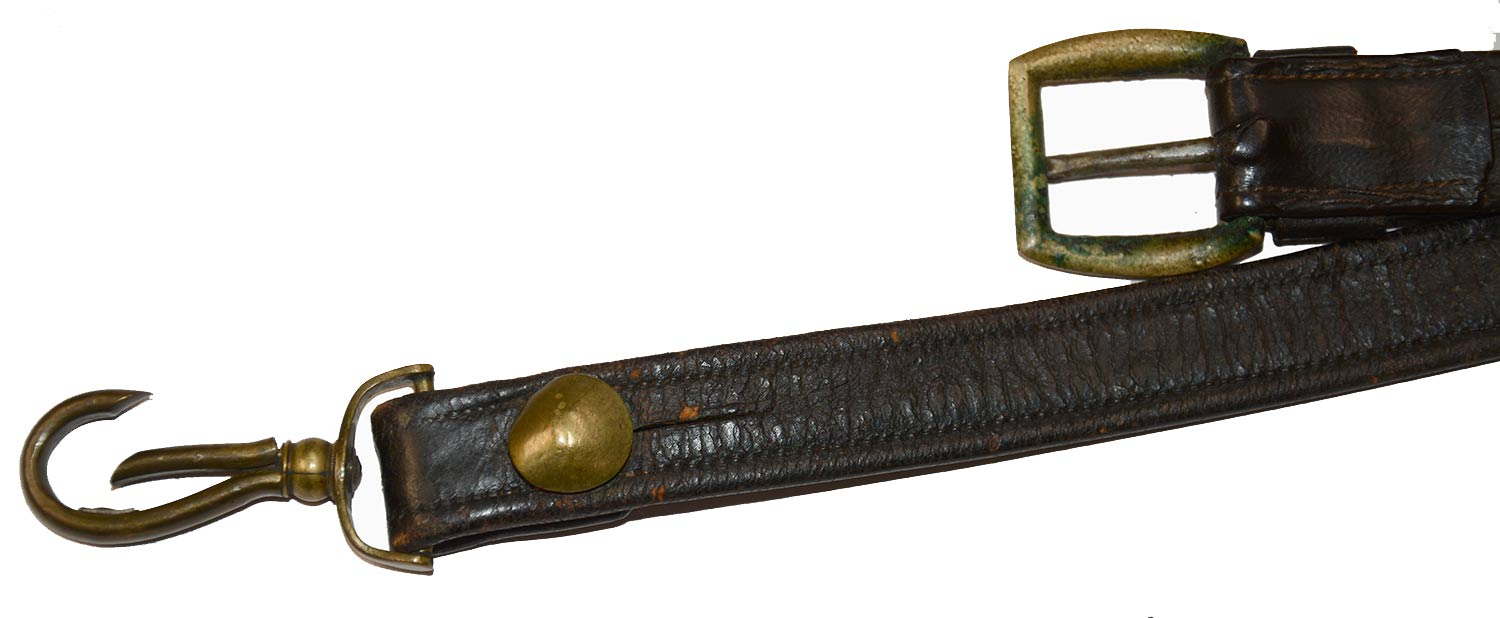
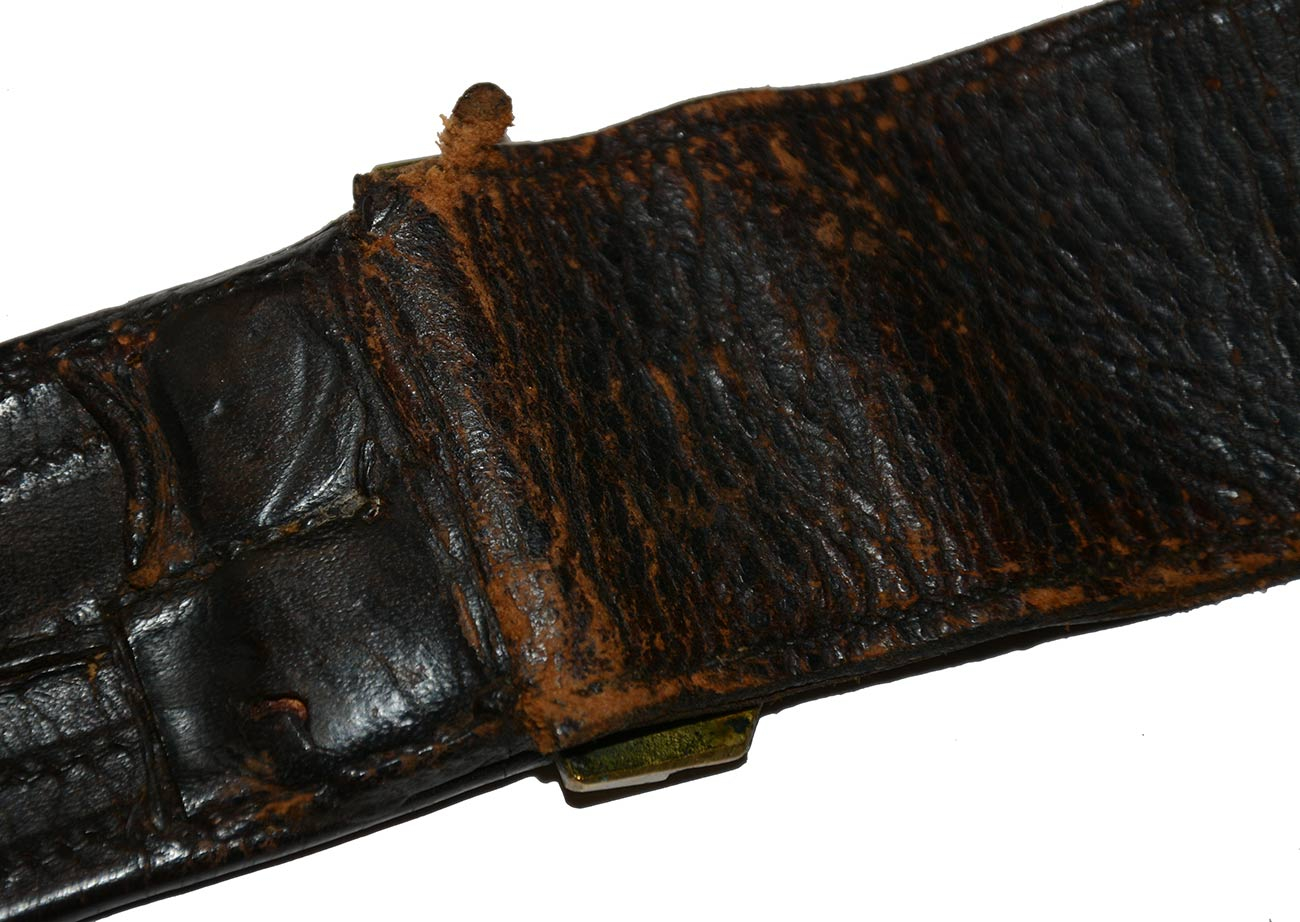
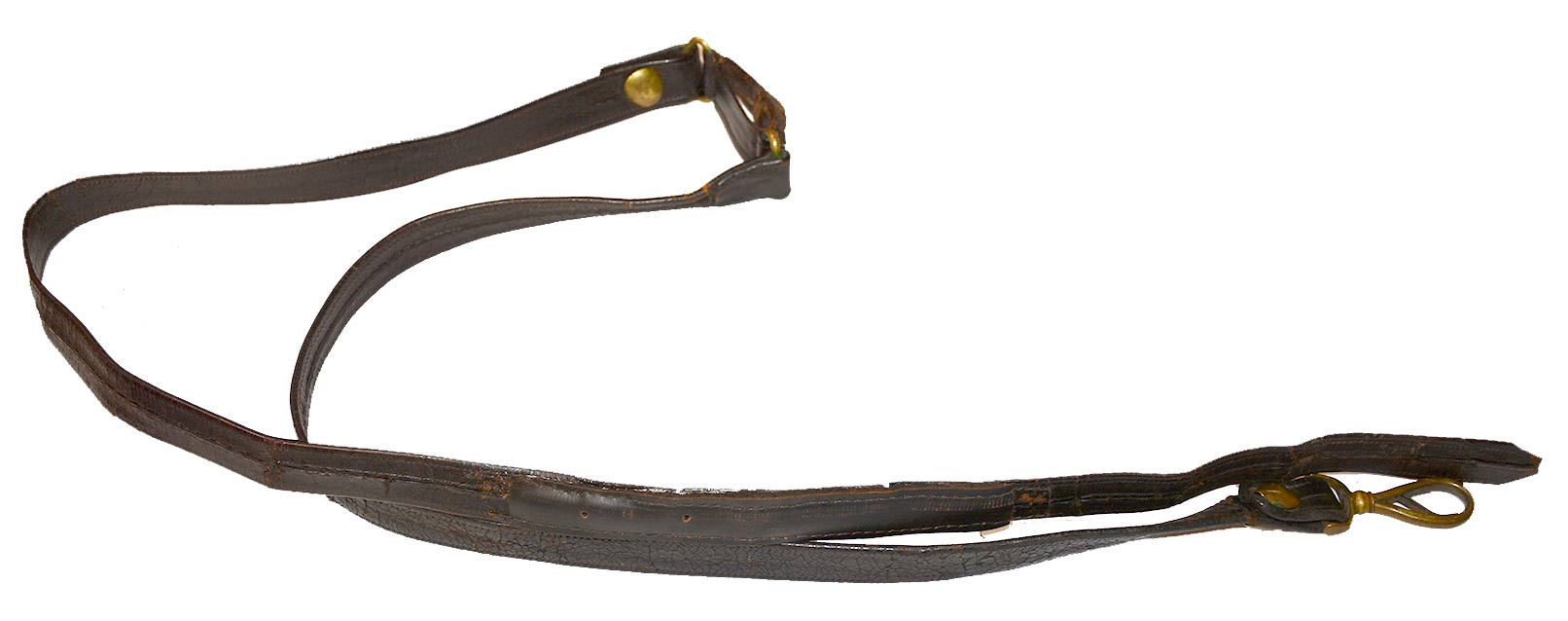
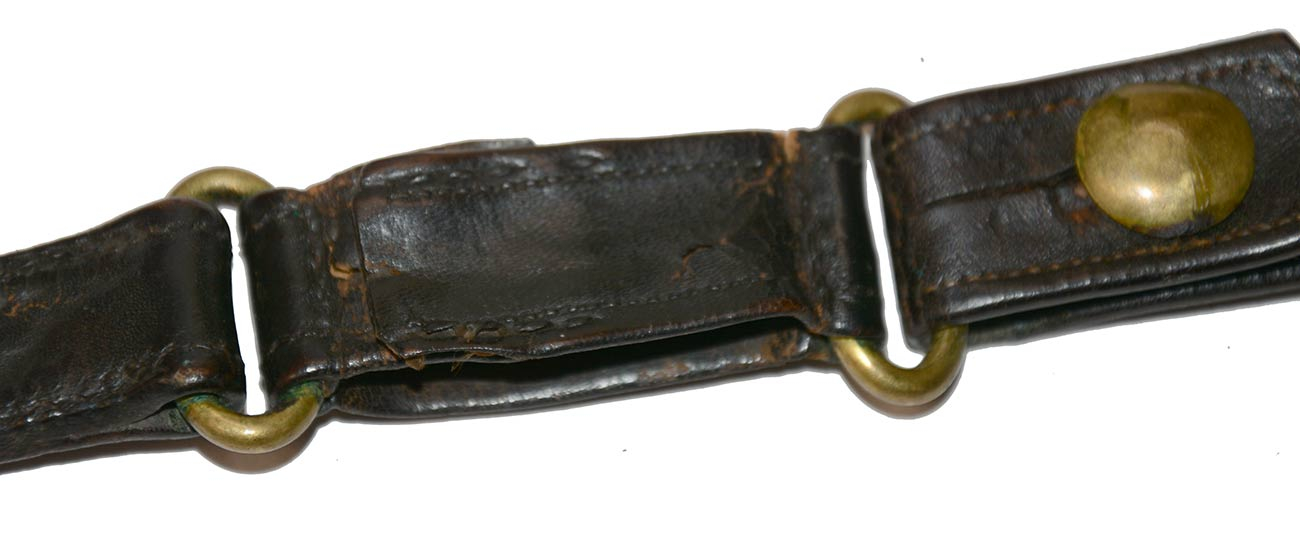

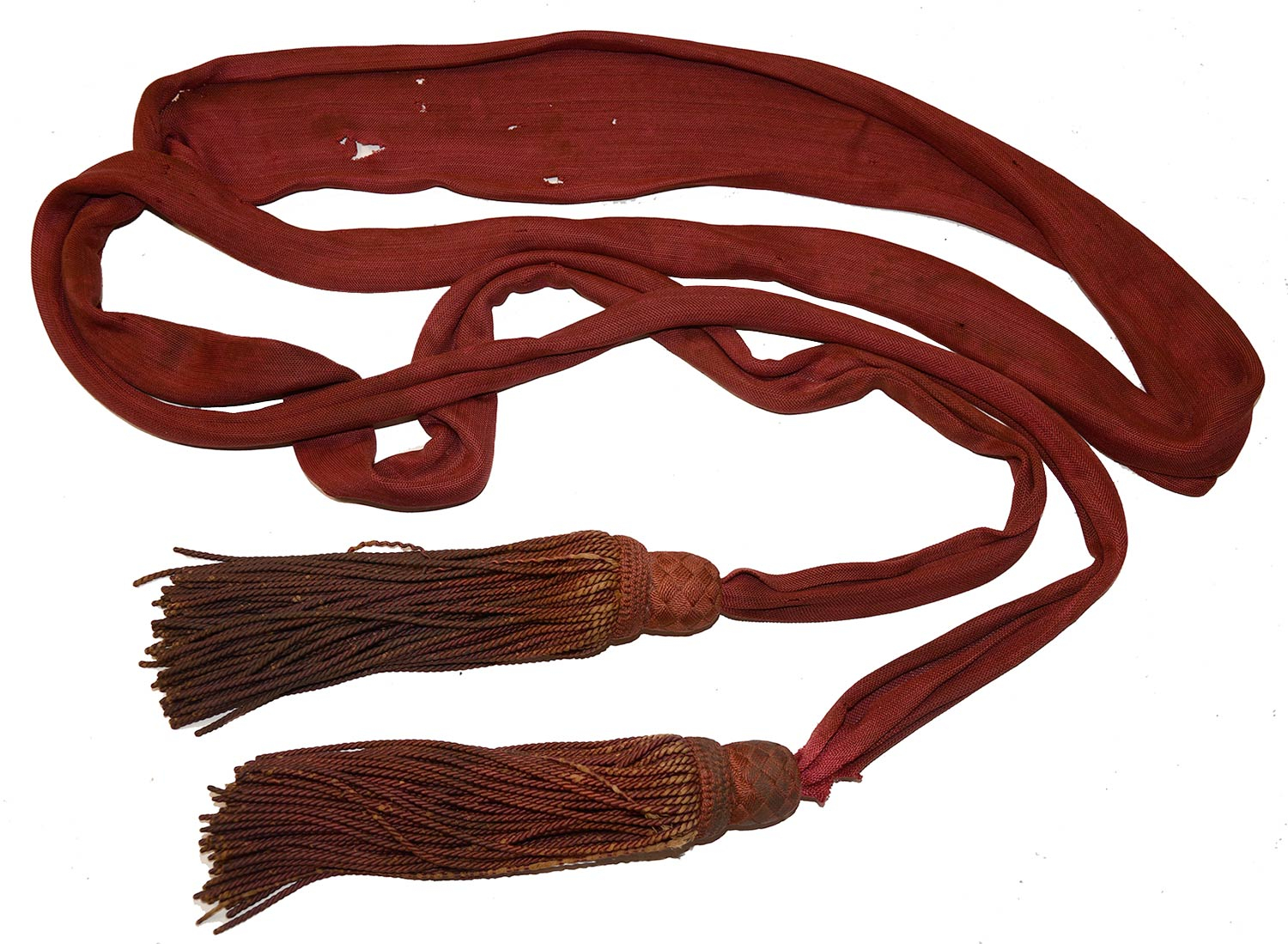
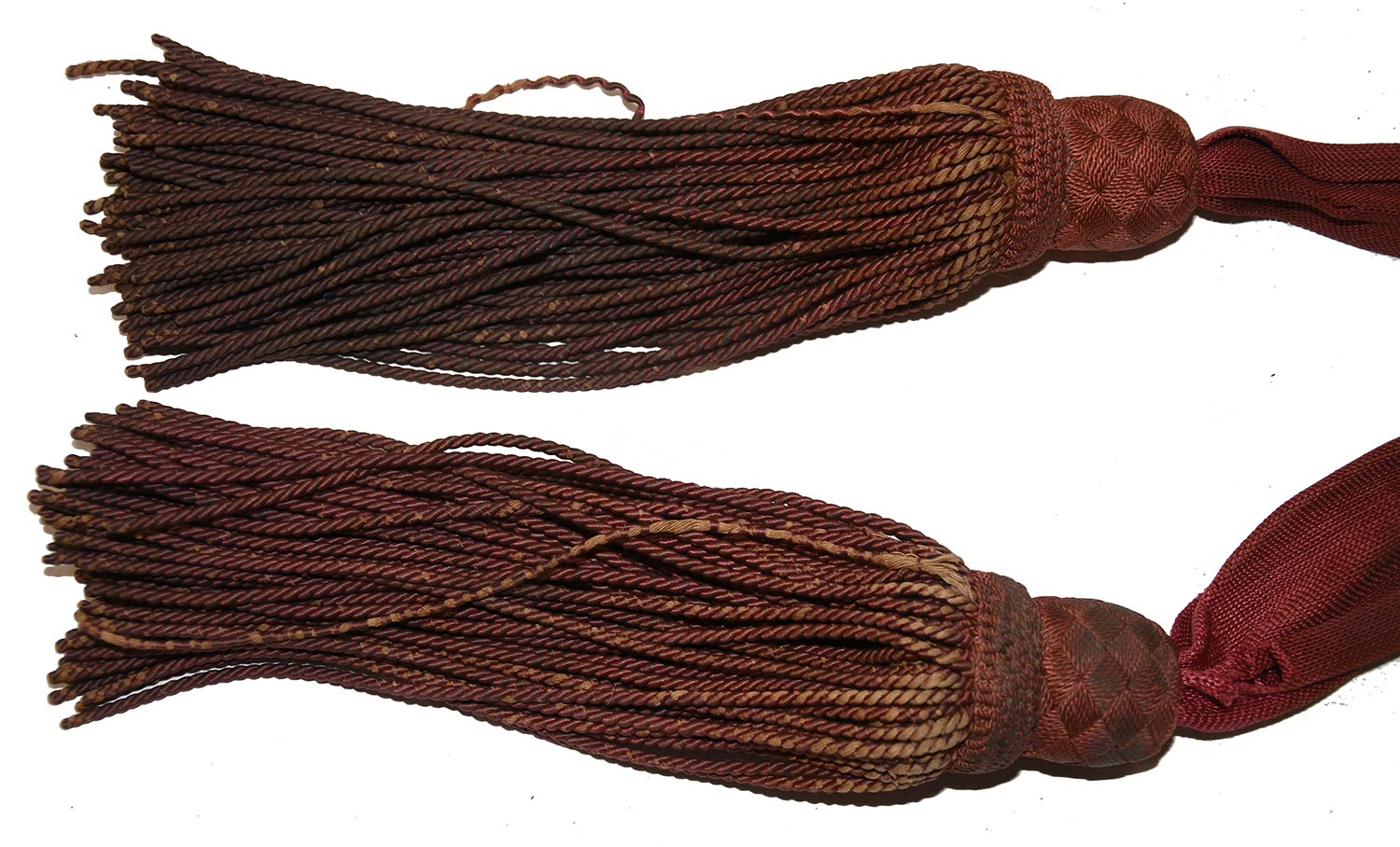
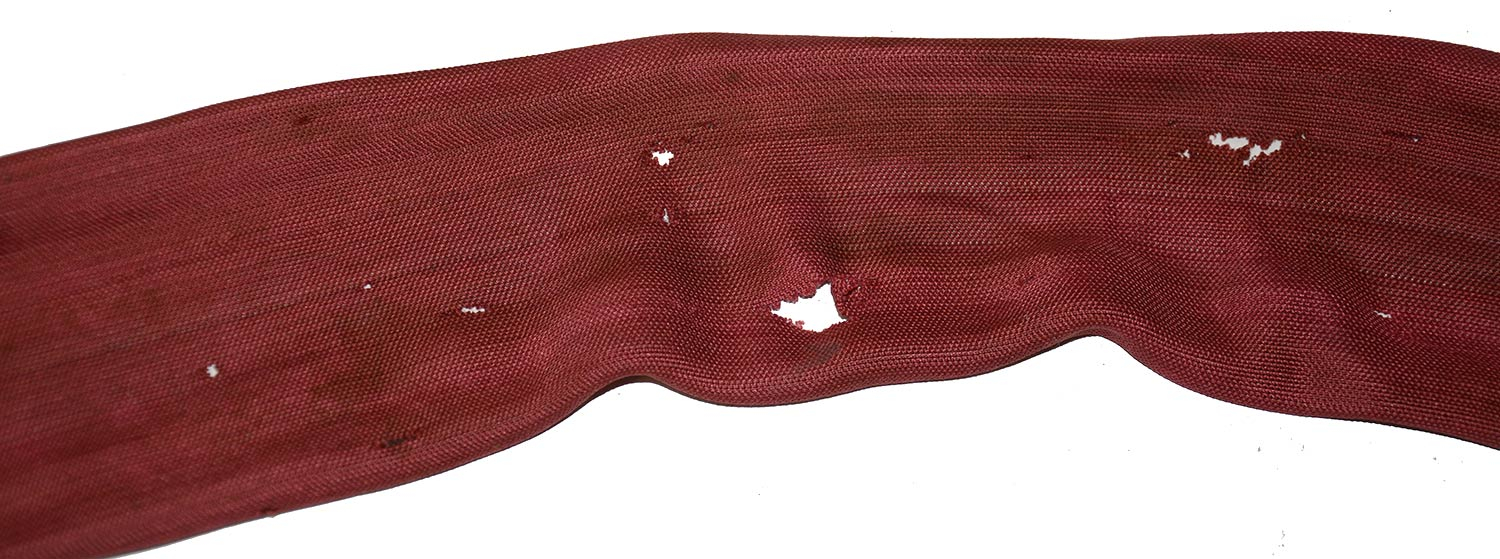
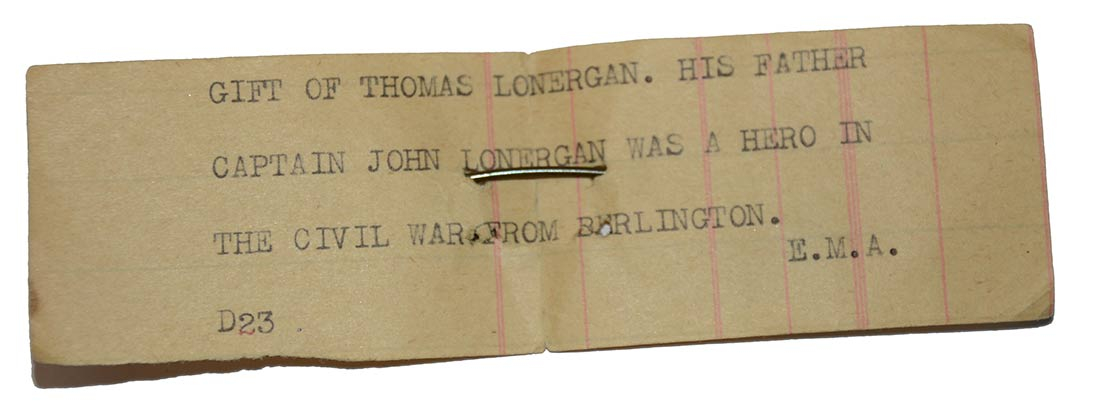
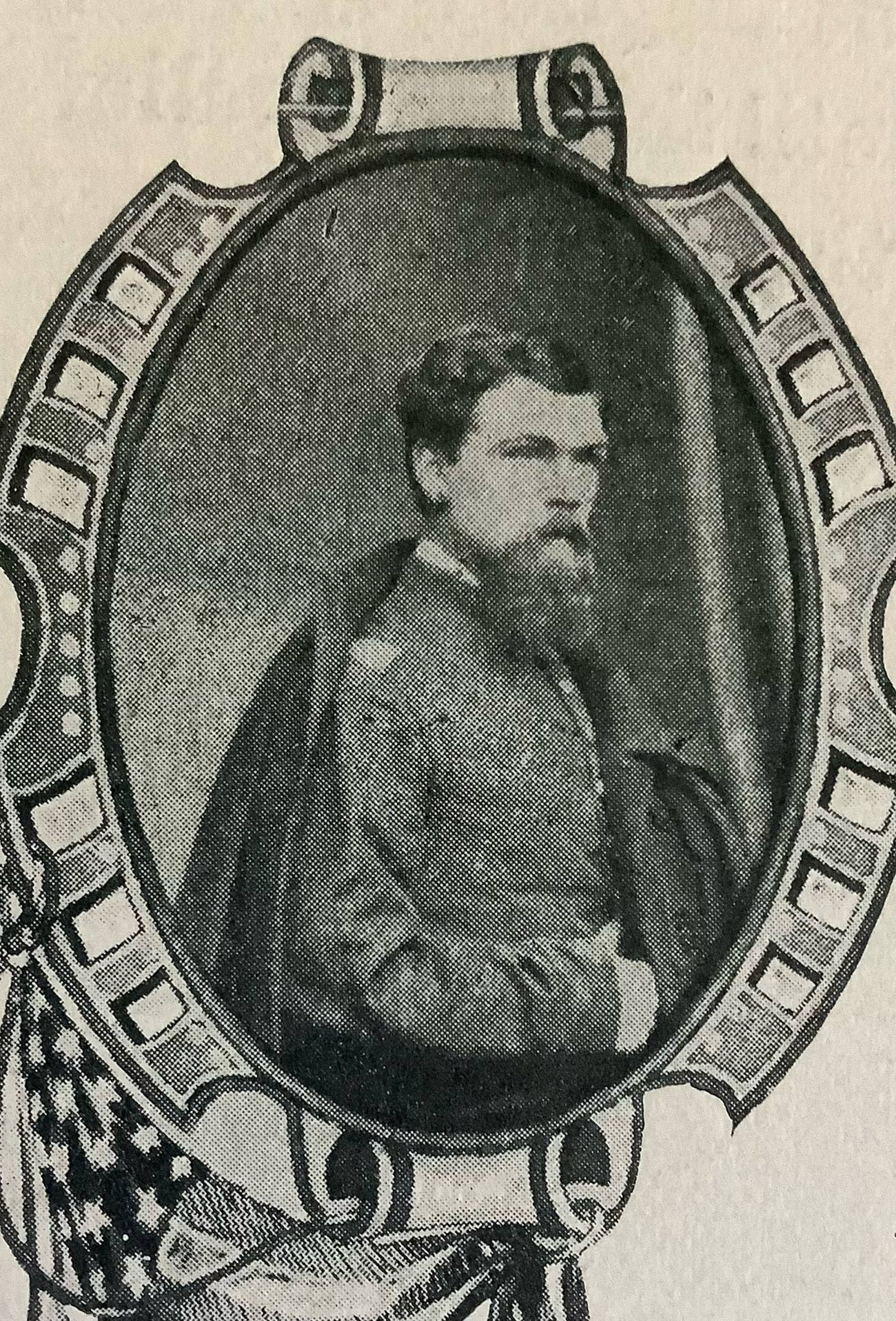
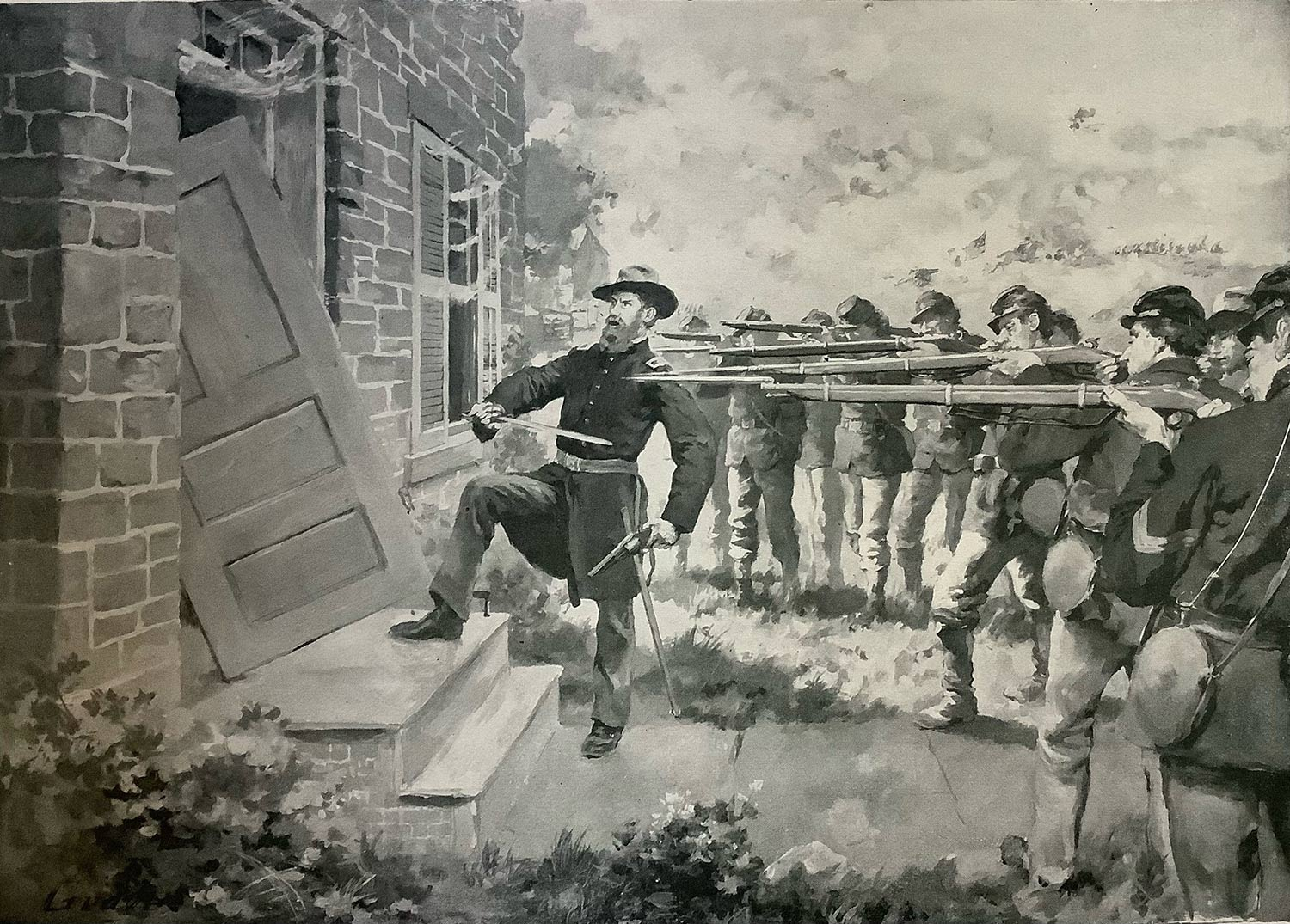
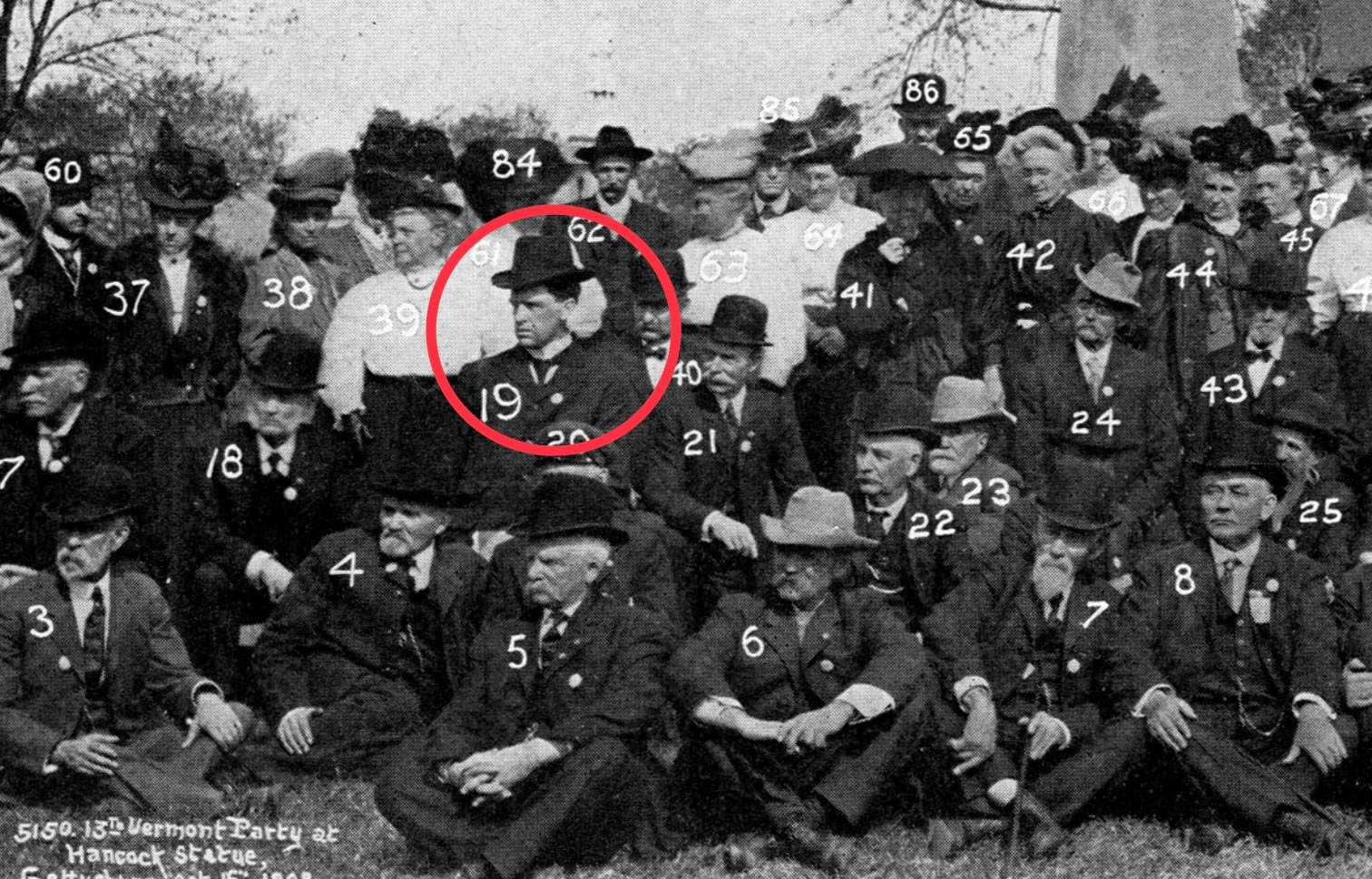
$45,000.00 SOLD
Quantity Available: None
Item Code: 1179-280
This historic grouping consists of the regulation officer’s frock coat, sash and sword belt, of Captain John Lonergan, Co. A 13th Vermont, awarded the Medal of Honor for, “distinguished gallantry in action at Gettysburg, Pa., July 2, 1863,” along with a tag identifying the coat as a donation from his son and Lonergan’s initials below the insignia of the Fenian Brotherhood inside the sleeve. Lonergan could as well have been awarded the medal for actions on July 3. As part of Stannard’s brigade, the regiment had made an exhausting seven-day, 120-mile, forced march from the Occoquan River, where it had been doing picket duty, to catch up with the First Army Corps to which it was recently assigned. Arriving near Gettysburg late on July 1, two of Stannard’s five regiments had been diverted to guard the supply trains. The other three were posted with the remnants of the 1st Corps on and Cemetery Hill. On July 2, as Confederate assaults progressively struck the Union line from south to north, the five companies composing the right wing of the regiment, with Lonergan’s Company A holding the right of the regimental line, moved with Stannard’s other two regiments to fill a gap in Union lines along Cemetery Ridge. On their arrival, Hancock sent those five companies forward in a charge under Col. Randall to retake some abandoned Union guns near the Emmitsburg Road and prevent them being drawn off by Confederates. The charge overran a Confederate skirmish line and took casualties, but pushed forward with Lonergan, Randall and a sergeant claiming equal honors for laying first hand on the guns: four in number, either from Weir’s or Turnbull’s batteries, and then another two, either Confederate or more captured Federal guns that had been pulled part way off. To cap it off, the companies were receiving fire from Confederates posted in and around a nearby house, variously identified as the Codori or Rogers farmhouse. By one account another company kept the enemy busy from the front while Lonergan led his men around the back of the house and demanded surrender through a side door. By his own account, Lonergan’s men covered the doors and windows, while he broke down the front door and demanded, “Fall out here, every damned one of you!” In any case, the haul included some eighty prisoners from the house and surroundings, officers and enlisted men, considerably more than Lonergan had under his command.
Lonergan improved upon this performance on July 3 at the height of Pickett’s Charge. Stannard’s regiments were posted just south of the copse of trees, Pickett’s target, with the 13th and 14th about 100 yards forward of the stonewall, behind an improvised low breastwork of fence rails. The 13th Vermont held the right of the line and Lonergan, the right of the regiment. As Pickett’s men closed up to the north for the final push Stannard ordered the 13th to change front and with Lonergan’s company in the lead they headed for Pickett’s flank in a column of fours to close the distance and then came into line by file, opening a devastating fire into the flank of Kemper’s brigade, with Lonergan and company acting as the pivot in what one historian of Vermont’s role in the battle described as the, “pivotal movement of the pivotal battle of the war.”
Lonergan’s captain’s frock coat is in excellent condition, with shoulder straps in place, sash and sword belt, the latter perhaps being part of a presentation made to him by his company in May 1863. The coat comes with an old typewritten tag on an early safety pin documenting it both as Lonergan’s and a gift from his son to an organization or veterans’ group. In addition, inside one shoulder, the sleeve lining bears Lonergan’s initials “J.L.” in black ink underneath a sunburst gleaming out from under a bank of clouds over an uncrowned harp, symbols familiar from flags carried by Irish regiments, and the symbols used by the Fenian Brotherhood, a group founded in America in 1855 to support Irish independence, one of whose founders, John O’Mahoney, had been a Lonergan family neighbor in Ireland. It is a fitting symbol for Lonergan to have carried close: he was actively involved in the Fenian movement for at least a dozen years in its heyday, up to about 1870, not only founding the Hibernian Society in Burlington, VT, but founding a heavily Irish militia company, and acting as the “head centre” of the Vermont circle of the Fenian Brotherhood at the time of the first Fenian attack on Canada in 1866, and took part in the 1870 invasion and the fighting at Eccles Hill as an aide to John O’Neill, the group’s commander.
Born in Ireland in 1839, Lonergan emigrated to the U.S. with his family in 1848, settling in Vermont and taking up his father’s trade as a cooper in Burlington. His military experience dated to 1859, when he joined the Allen Greys, a Vermont militia company based some fifty miles away, but with a strong Irish membership, and he continued it in 1860 in the local town of Wisnooski with his organization of a company called the “Emmett Guards,” one of many, both north and south, named in honor of the Irish martyr, a company which elected Lonergan captain in January 1861. As with all such companies, it was an expression of ethnic pride, a response to anti-immigrant prejudice, had potential for political clout, and provided military training for a potential war for Irish independence. The company was part of Vermont’s uniformed militia, but was not one of the ten companies selected for the state’s one volunteer regiment under the call of April 1861. They did, however, mobilize and form the nucleus of a company under the May call, but despite being sworn into U.S. service as Co. K of the 2nd Vermont were disbanded by the Governor on the grounds of insufficient numbers.
Some attributed this to prejudice. The company had already been sworn into U.S. service, if not mustered, and Lonergan, known for his “attachment and devotion to right and justice,” accompanied the regiment to the front anyway, shouldering a musket in some alarms and skirmishes by some accounts, and pressed his case directly with the War Department. He was unsuccessful in reinstatement or further assignment, but at least later won reimbursement for his recruiting expenses. In the meantime he returned home and raised another company under a call for nine-month troops in Fall 1862 that succeeded in joining the 13th Vermont. He is mentioned several times in the regimental history for his behavior in battle and in camp. He stood firm on a point of principle in not leading his men to a mandatory Protestant service in December 1862, which led to his arrest, but a change of official policy. On the personal level, he claimed status as senior regimental captain from his January 1861 commission, obtaining designation of his company as “A” and its assignment to the right of the line. He was less successful, however, in claiming command of the regiment on dress parade in March 1863 when the Colonel and Lieutenant Colonel were absent, on the grounds that the newly appointed Major, promoted over his head, had not yet received his commission, an affair that led to a second arrest. He was, nevertheless, popular with his company, who presented him with a sword and belt in May 1863, and in a postwar letter was complimented by the regiment’s former Colonel, who may have been impressed, if not always pleased, with such energy and force of personality, especially in one so young, referring to Lonergan as one of his “colts,” who sometimes required a curb bit.
After mustering out with the regiment in July, Lonergan returned home to recover from the dysentery and piles that necessitated riding a horse on the march to Gettysburg, but twice pursued further army service. In 1864 he unsuccessfully applied for a field grade commission in Hancock’s Veteran Corps, as a major or higher. It is surprising then that in January 1865 he accepted a warrant as simply a sergeant in a Vermont company of the 26th NY Cavalry. On the other hand, this unit was tasked with preventing Confederate raids from Canada and it is suspected that patrolling the border gave him opportunities to check potential routes for raids into Canada, which many Fenians thought could be leveraged for Irish independence. He is not directly tied to the 1866 Pigeon Hill raid, but had become increasingly visible in Irish affairs, organizing and officiating at the St. Patrick’s Day celebration in Burlington in 1864, publishing the “Irish Watchman,” and acting as “head centre” of the Vermont “Circle” of the Fenian Brotherhood, which by late 1866 had grown to encompass 13 smaller circles in the state and about 1,000 members. He had obtained a post in Customs in Burlington, and possibly had a hand in the theft of confiscated Fenian weapons and ammunition. His role in the 1870 raid, culminating in the Battle of Eccles Hill, is better documented: he acted as an aide to John O’Neill, the Fenian commander, and reportedly held the rank of General in the, admittedly inflated, Fenian rank structure.
The Fenian movement lost momentum after 1870, but Lonergan shows up in notices of local democratic politics and veterans’ meetings: he was president of the 13th Vermont regimental association in 1891. He had lost his customs post in a change of administration, but about 1886 was reappointed and, with some irony, was posted across the border, in Montreal, from where he applied for and received the Medal of Honor in 1893. He remained there until his death in 1902 and was interred back in Vermont. He is the subject of a biography titled, “Vermont’s Irish Rebel:” Capt. John Lonergan, and is mentioned repeatedly in Sturtevant’s history of the 13th Vermont. The regiment’s actions at Gettysburg are covered in a number of sources, including Gettysburg Magazine, No. 17, 1997.
In addition to copies of his service and pension records, and a copy of the biography, the group consists of the following items:
Frock Coat- Regulation line officer’s single breasted dark blue coat with nine-button front, two buttons on reverse waist and two on the lower ends of the tail pocket openings. Cuffs are non-function and bear three small buttons on the seam. All buttons are Vermont coat of arms by Scovill (Tice VT230A5.) Interior is fully lined in silk in body and skirts, now greenish in tone, quilted in the chest and sides, with a single interior pocket in the left breast. The collar is lined in velvet, now oxidized to brown, showing wear to the nap, but only one tear, about an inch long, with a small missing piece, on the wearer’s right rear. Sleeves are lined in plain white cloth. Shoulder straps are regulation double-border infantry captain straps of embroidered bullion, alternating sections of dead a bright, with light-blue velvet centers with gilt jaceron wire edging. Condition overall is excellent, with strong color and virtually no moth damage. The collar shows some expected interior wear as noted. Otherwise there are just a couple of tiny wear spots to the lining and along the edge of the breast pocket, as would be expected. The cuff and rear waist and skirt buttons are tight. The front buttons show old restitching and are somewhat loose, especially the second and third from the bottom, the latter producing a small tear to the fabric behind it. These would be concealed by the sash and belt. The shoulder straps show minor soiling, some oxidation of the gilt, but strong portions remaining and showing the dead and bright contrast. The tail pockets are accessible from the outside only, but the polished cotton pockets, always somewhat delicate, are missing, likely torn out in use. Only fragments of the polished cotton are visible along the inner edge of the opening. The inked harp and initials inside the shoulder are good, showing oxidation to brown and some rubbing, but fully visible with the initials legible but rubbed on the tops. Inside the upper left shoulder is the uncrowned harp with cloud and sunburst, and the script initials “J.L.” below.
Sword Belt- Folded leather construction, complete with officer’s 1851 pattern rectangular eagle plate, sword slings and shoulder strap. Belt constructed in two pieces joined by rectangular ring on wearer’s left to which are attached the forward sword sling and the short buckle portion of the shoulder sling. Shield shaped safe behind the ring and rectangular safe behind the hasp for the belt plate. The rear sling and longer portion of the shoulder sling are attached by brass rings to a sliding leather loop. The condition is very good. Nice deep reddish brown color to the leather. No breaks, but the shoulder sling has been reinforced with a strip of leather on the reverse of the lower tab portion where there were breaks at the fastening holes. The stitching on the sliding loop has given way on the reverse. Otherwise very solid and displayable.
Sash- regulation US officer’s sash of crimson silk with turkshead knots and tassels over wood forms at either end. Minor wear to tassels at highpoints of the wood form. Two finger-tip size holes in the sash, minor soiling. Very good overall, solid and displayable.
With the coat is a typewritten note on old yellow paper 1 ¼ by 4 ½ inches with an early safety pin indicating it had been pinned to the coat. The note reads, “GIFT OF THOMAS LONERGAN. HIS FATHER/ CAPTAIN JOHN LONERGAN WAS A HERO IN / THE CIVIL WAR FROM BURLINGTON./ E.M.A. / D23.” Thomas is shown amid the veterans gathered at the Hancock monument at Gettysburg. Other mementoes were retained by the family. His medal of honor and two swords are pictured in his biography. A third sword, a Peterson-75 very typical of an officer’s sword for field use, was with the coat, sash and belt before acquisition by the Texas Civil War Museum. If it can be identified in the material we acquired from that institution, we shall certainly notify the buyer of this historic grouping. The coat, sash and belt have great eye appeal, and it doesn’t get much better than a recipient of the medal of honor for actions at Gettysburg. [sr] [ph:L]
~~~~~~~~~~~~~~~~~~~~~~~~~~~~~~~~~~~
THIS ITEM, AS WITH ALL OTHER ITEMS AVAILABLE ON OUR WEB SITE,
MAY BE PURCHASED THROUGH OUR LAYAWAY PROGRAM.
CLICK HERE FOR OUR POLICIES AND TERMS.
THANK YOU!
Inquire About FROCK COAT, SASH, AND SWORD BELT OF CAPT. JOHN LONERGAN, 13th VERMONT: MEDAL OF HONOR FOR “DISTINGUISHED GALLANTRY IN ACTION AT GETTYSBURG, PA., JULY 2, 1863.”
Most Popular
Historical Firearms Stolen From The National Civil War Museum In Harrisburg, Pa »
Theft From Gravesite Of Gen. John Reynolds »
Selection Of Unframed Prints By Don Troiani »
Fine Condition Brass Infantry Bugle Insignia »
Large English Bowie Knife With Sheath 1870’S – 1880’S »
Imported (Clauberg) Us Model 1860 Light Cavalry Officer's Saber »
featured item
CIVIL WAR INFANTRY SERGEANT’S FOUR-BUTTON FATIGUE BLOUSE
This is a very good example of a very rare Civil War uniform: the 4-button blouse originally designated for “fatigue” wear in the regular army, but which quickly became the standard field uniform in the Union army, worn by enlisted men in all… (1268-268). Learn More »


